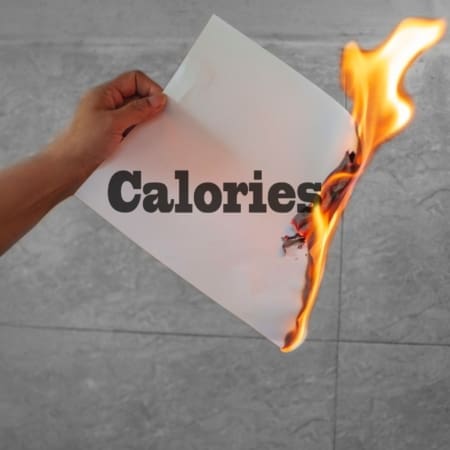Where to Watch Live Music in Austin: Best Spots Before or After Your Run!
Austin, Texas isn’t just famous for its vibrant running culture; it’s also celebrated as the Live Music Capital of the World. Whether you’re gearing up for the Austin Marathon, relaxing pre-race, or celebrating your finish line triumph, Austin offers countless venues to enjoy unforgettable live music experiences.
Here’s your guide to the best Austin music venues to check out during your marathon weekend:
🏟️ Legendary Austin Music Venues You Must Visit
1. The Continental Club (South Congress)
Experience Austin’s music history firsthand at this iconic venue, showcasing legends from Stevie Ray Vaughan to rising honky-tonk stars. The intimate setting is ideal for soaking up live music vibes post-race.
2. Antone’s Nightclub (Downtown)
Dubbed the “Home of the Blues,” Antone’s is a staple for Texas soul and blues enthusiasts. Celebrate your marathon achievement with smooth guitar riffs and classic Austin atmosphere.
3. Mohawk (Red River Cultural District)
Known for its eclectic lineup and rooftop ambiance, Mohawk hosts local indie acts and international bands. Perfect for runners craving vibrant energy and great music.
🎤 Local Favorites: Neighborhood Music Gems for Runners
4. C-Boy’s Heart & Soul (South Congress)
This retro lounge pairs perfectly with a post-run brunch. Relax and recover with soul, funk, and R&B vibes in a charming two-story setting.
5. Radio Coffee & Beer (South Austin)
Combine your caffeine fix with live bluegrass tunes on the back patio. Ideal for marathoners looking to unwind with food trucks, beer, and coffee.
6. Hole in the Wall (University of Texas Campus)
Authentic and gritty, this iconic venue has launched many Austin musicians. Perfect for runners who appreciate unpretentious charm and great live music.
🥳 Top Picks for Celebrating Your Race Finish
7. ACL Live at The Moody Theater (Downtown)
Celebrate your race in style at this top-tier venue, hosting major acts in a premier setting. A memorable post-marathon treat!
8. Stubb’s Bar-B-Q & Waller Creek Amphitheater (Red River)
Enjoy Austin’s legendary BBQ paired with live music ranging from Sunday Gospel Brunch to rock concerts—a satisfying way to refuel and relax.
9. Hotel Vegas (East Austin)
Known for its gritty charm and unpredictable energy, this venue attracts the artsy East Austin crowd. End your marathon weekend on an unforgettable high note.
🎧 Austin Marathon Training Playlist Inspiration
Before you hit Austin’s streets, get inspired by local artists featured at these iconic venues. Add tracks from Gary Clark Jr., Shakey Graves, Black Pumas, and Jackie Venson to your running playlist and let the city’s vibrant musical spirit energize your run.
🎽 Music Meets Miles at the Austin Marathon
The Austin Marathon is not just a race—it’s a musical journey through one of America’s most vibrant cities. With bands performing along the route and a city-wide celebration, Austin’s live music provides the perfect soundtrack for your race day.
Share Your Austin Music Experience! Have a favorite music venue or moment from the Austin Marathon weekend? Tag us with your stories!



 ght path.
ght path.











